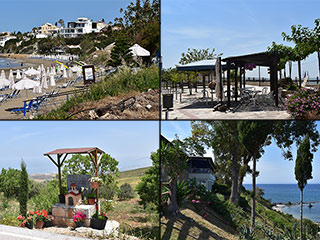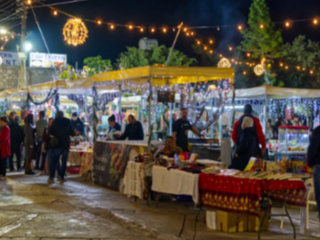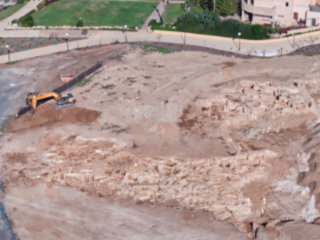Aqua Memoria At Fabrica Hill
Close Up

The beads appear to be made of soap bars! They have had designs carved out of them. It must have taken ages, given that each rosary has about 60 beads on it.
This exhibition does not simply present history - it brings it to life through a series of sensory experiences - auditory and tactile - that turn the visit into a true initiatory journey. In light of today's environmental challenges, the exhibition also invites reflection on our relationship with natural resources. As Lucy Lippar defines it, "Eco-art is not just art about nature but art that engages with natural systems, both in process and materials." Through this lens, the exhibition raises questions about our collective responsibility toward natural and cultural heritage.
Different Pattern

You should also check out each rosary, as they all have different designs.
Thus, the exhibition aligns itself with an approach in which contemporary art becomes a mediator between past and present, between nature and culture, between memory and future.
Honey Comb?

The final rosary looks like it has some sort of honeycomb design in it.
This spiritual dimension of AQUA MEMORIA highlights how water, beyond its vital function, has been a constant vessel of sacredness. The exhibition thus invites reflection on the timelessness of the sacred and its transformations through the centuries, while also questioning our contemporary relationship with spirituality.
Information

That QR code can be scanned for more information about the piece. It takes you to a PDF and is worth reading. It isn't the first time I've come across the work of Miram McConnon either. She did an eco art piece at the Shrine Caves exhibit a few years ago, and also had a mural in one of the Street Art Festivals in Old Town.
This is part of the information page. There is more so scan the code with a phone to read it:
While water purifies, soap itself appeared only late in Western history, even though Pliny The Elder already records its use among the Romans and the Gauls. Introduced as a utilitarian product, it only gained symbolic value as a sign of purity in the 19th century, when hygienist norms and bourgeois moral codes linked physical cleanliness to moral virtue and, often, gendered domination.
This ideological shift turned the female body into an object of control through cleanliness. The figure of the Virgin Mary - pure, white and silent - became the idealized embodiment of a disembodied, desexualized female body in contrast to ancient figures like Aphrodite of Demeter, who were more sensual, fertile, and earthly.
…
By suspending three monumental rosaries made of white soap blocks, each dedicated to a female cult figure (Aphrodite, Demeter, Mary), McConnon brings into collision sacred an religious traditions that are often seen as opposites. The choice of cavities at the site's entrance allows the installation to assert itself as a tabernacle. The ensemble powerfully evokes and reconfigures he sites associated with divine female figures, revealing a symbolic and cultural continuity in the way the civilisations that succeed one another on this site conceived the body, the sacred and the religious.
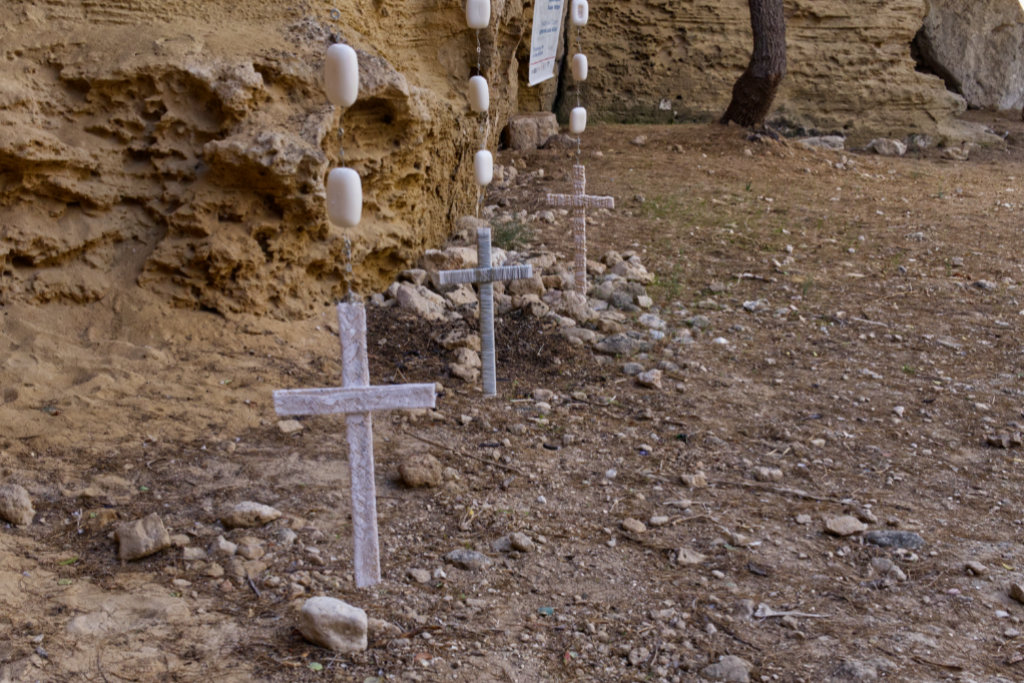
Here's one last shot of the rosaries showing the crucifixes at the bottom. Let's move into the catacombs and see some more of the exhibition.
Page 2 of 8


Related Blogs:
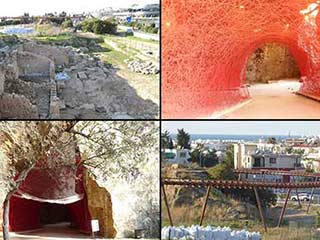
Let's Take a Look At Fabrica Hill
We've driven past Fabrica Hill many times over the years, and often wondered what was up there. (It's the area of land diagonally opposite The Mall, in case you didn't know). After comments and photos started appearing on the forum about the erection of a raised walkway, we decided a visit was overdue. With no expectations of what we would see when we got there, other than a vague feeling of disappointment that despite what it looked like, they weren't building a roller coaster, this is what we found.
Fabrica Hill in 2023
A few years ago we took you on a tour around Fabrica Hill. As it is an Archaeological Site you could be forgiven for thinking that it hasn't changed in that time, but you would be wrong. There is still plenty of Archaeology waiting to be discovered there, and every year there are new digs. So how have things changed since we were last there?Good Pages To Visit
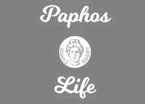
FB PagePaphos Life on Facebook
Like us on Facebook and stay notified of new blog posts.

FB PageOur Facebook Chat Group
Paphos Chat has been created for people who like our site and want to chat using Facebook. You can also easily upload photos of any size here. A lot of people are members of the Facebook chat group and the main forum. It's entirely up to you.

ListBlog Locations
Planning a day out? Then use our map of blog locations as a handy guide. Some of the places we visit our closer to each other than you might think, so take a look and start planning your next adventure...
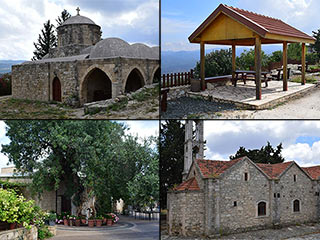
eBookCyprus Road Trip 01: the Kathikas - Panagia Loop
Let me take you on a journey around the region of Paphos, Cyprus. Starting at Paphos itself, we travel to Akoursos, then Kathikas, Kritou Terra and Simou. We continue past Lasa and Kannaviou, before taking in the delights of Panagia. Getting a bit more adventurous, we visit the abandoned villages of Statos and Agios Fotios, before passing through Choulou, Letymbou and Polemi, and rejoining the main Paphos - Polis road.
The route is suitable for all types of vehicle, and requires no off-roading. The guide contains about 130 photographs including shots of all the road signs you need to pay attention to, as well as some of the highlights you may experience along the way.
There are also several maps which will help you keep your bearings.
You can do this journey in a day, or you can break it up into chunks. You can also do it in reverse, to get some completely different views. It is entirely up to you.
